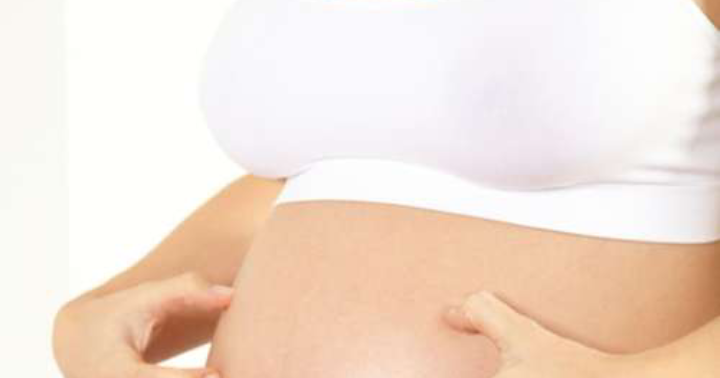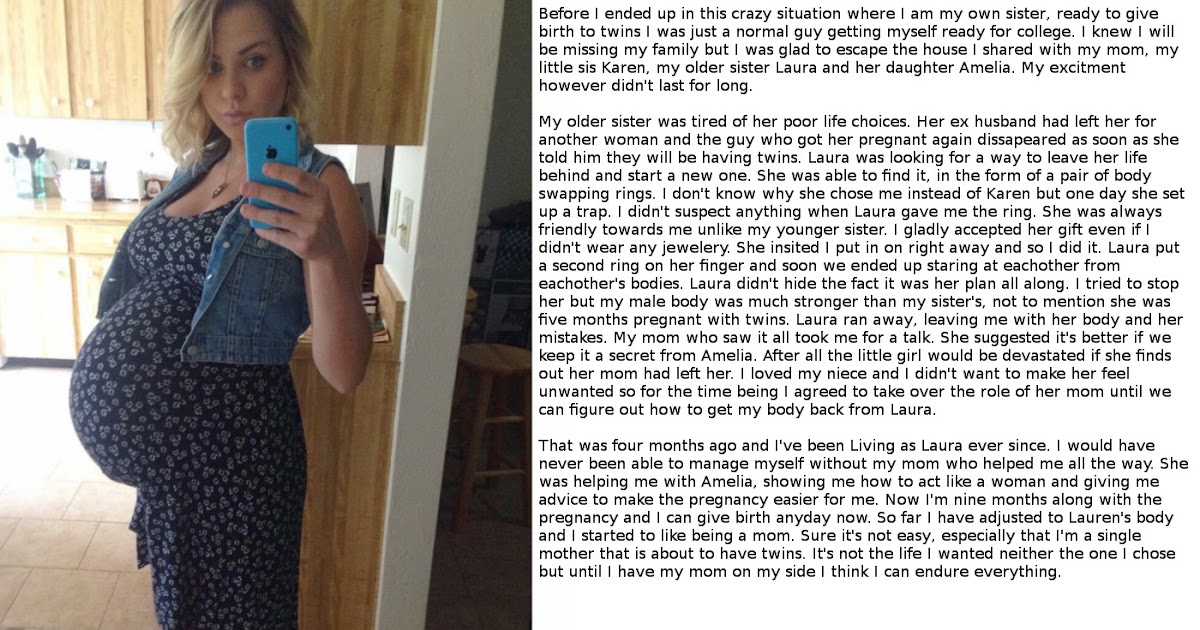Face of pregnancy
Changes to your skin during pregnancy
beginning of content3-minute read
Listen
As your pregnancy develops, you may find that you experience changes to your skin and hair. Some women can develop dark patches on their face and hormonal changes can make your skin a little darker.
You may also develop stretch marks on your body, particularly around your stomach where your skin is stretching to accommodate your growing baby.
Chloasma - dark patches on the face
Some pregnant women develop dark irregular patches on their face most commonly on the upper cheek, nose, lips, and forehead. This is called 'chloasma'. It is also sometimes known as 'melasma' or the 'mask of pregnancy'.
Chloasma is thought to be due to stimulation of pigment-producing cells by female sex hormones so that they produce more melanin pigments (dark coloured pigments) when the skin is exposed to sun. Some women develop these patches when they take oral contraceptives (the pill).
Women with a light brown skin type who are living in regions with intense sun exposure are more likely to develop these patches. The patches usually fade over a period of several months after giving birth, though they may last for several years for some women.
Careful protection of the skin using broad spectrum sunscreens every day during pregnancy and while taking the pill may make it less likely that chloasma will develop. It is necessary to continue to use sunscreen after pregnancy as sun exposure may cause the patches to reappear. Some creams that need to be prescribed by doctors may help to fade the patches.
Skin and hair changes
Hormonal changes taking place in pregnancy will make your nipples and the area around them go darker. Your skin colour may also darken a little, either in patches or all over. Birthmarks, moles and freckles may also darken. Some women develop a dark line down the middle of their stomach, called 'linea nigra'.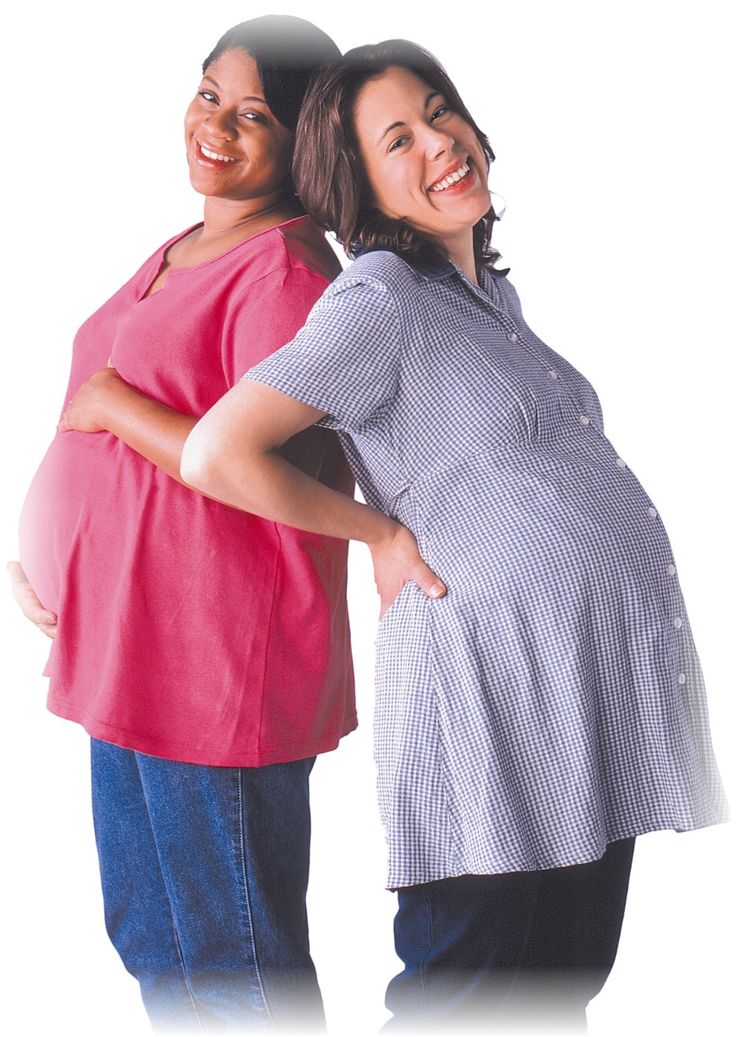 These changes will gradually fade after the baby is born, although your nipples may remain a little darker.
These changes will gradually fade after the baby is born, although your nipples may remain a little darker.
If you sunbathe while you are pregnant, you may burn more easily. Protect your skin with a good high-factor sunscreen and don't stay in the sun for a long time.
Hair growth can also increase in pregnancy, and your hair may be greasier. After the baby is born, it may seem as if you are losing a lot of hair but you are simply losing the extra hair.
Stretch marks
Many women develop stretch marks during their pregnancy, usually in the last 3 months.
They usually appear on your stomach or sometimes on your upper thighs or breasts. Stretch marks are not harmful and over time, your skin will shrink and the stretch marks will fade into white-coloured scars.
Find out more on stretch marks.
Sources:
Royal Women's Hospital Victoria (Common concerns in early pregnancy - itching and skin), The Australasian College of Dermatologists (Striae), The Australasian College of Dermatologists (Melasma)Learn more here about the development and quality assurance of healthdirect content.
Last reviewed: January 2020
Back To Top
Related pages
- Common discomforts during pregnancy
- Stretch marks
This information is for your general information and use only and is not intended to be used as medical advice and should not be used to diagnose, treat, cure or prevent any medical condition, nor should it be used for therapeutic purposes.
The information is not a substitute for independent professional advice and should not be used as an alternative to professional health care. If you have a particular medical problem, please consult a healthcare professional.
Except as permitted under the Copyright Act 1968, this publication or any part of it may not be reproduced, altered, adapted, stored and/or distributed in any form or by any means without the prior written permission of Healthdirect Australia.
Support this browser is being discontinued for Pregnancy, Birth and Baby
Support for this browser is being discontinued for this site
- Internet Explorer 11 and lower
We currently support Microsoft Edge, Chrome, Firefox and Safari. For more information, please visit the links below:
- Chrome by Google
- Firefox by Mozilla
- Microsoft Edge
- Safari by Apple
You are welcome to continue browsing this site with this browser. Some features, tools or interaction may not work correctly.
Skin Changes During Pregnancy - American Pregnancy Association
Now that you are pregnant, you’re body will go through a number of changes, including your skin. You may see changes such as a sudden glow on your face or pinkish, reddish streaks on your stomach. Not every pregnant woman will experience all the same skin changes.
Stretch Marks Causes and Prevention
Your skin is a living organ that will expand around your growing and developing baby. As this happens and depending on your genetics you may experience:
As this happens and depending on your genetics you may experience:
Stretch marks. The average woman gains about 30 lbs over the nine months of pregnancy. That means your belly skin will stretch to accommodate your baby bump and that can lead to stretch marks. Almost 90% of pregnant women will experience stretch marks which appear as pinkish or reddish streaks running down your abdomen and/or breasts.
Exercising hydration and lotions that contain vitamin E and alpha-hydroxy acids have been said to help in the prevention of stretch marks. These remedies have not been medically proven to have a direct effect on stretch marks, but it never hurts to try. If you find that nothing is working for you, take comfort in knowing that these streaks will fade to silvery faint lines after delivery.
Line Nigra is a darkened vertical line in the middle of a pregnant belly. It’s a natural part of pregnancy so there is nothing you can do to prevent this pregnancy line. The good news is it usually fades shortly after delivery.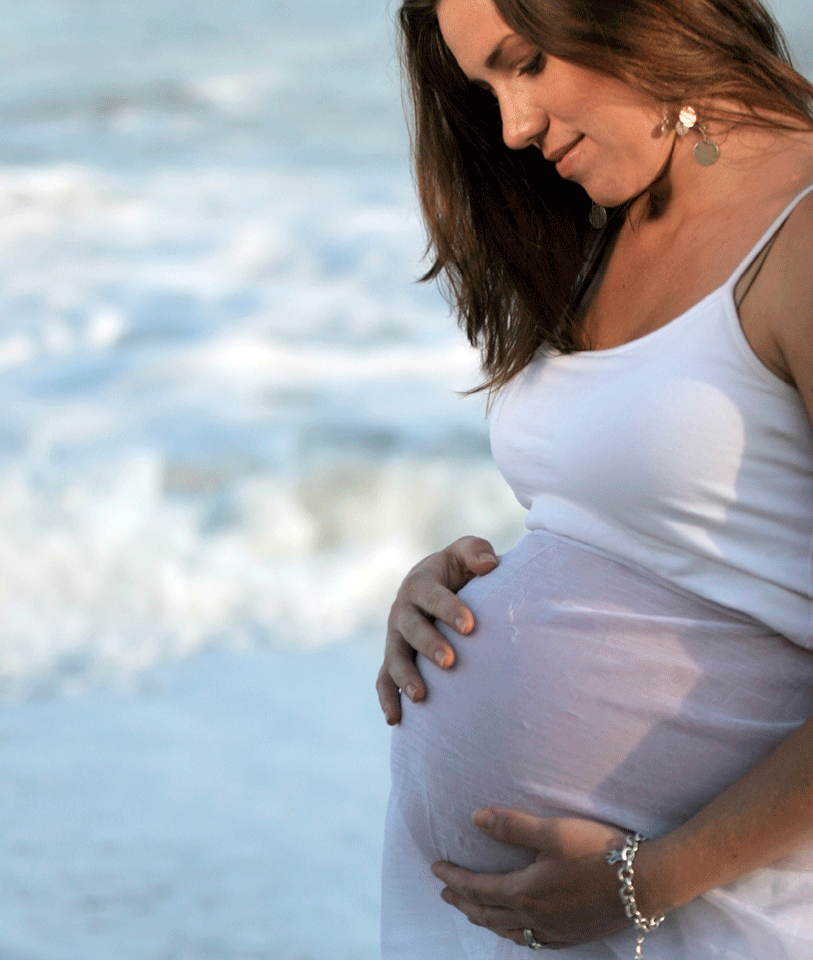
Mask of Pregnancy
“Mask of pregnancy” is also referred to as melasma and chloasma. Melasma causes dark splotchy spots on your face. These spots most commonly appear on your forehead and cheeks and are a result of increased pigmentation.
When you become pregnant your body produces more hormones, which causes an increase in pigmentation. Nearly 50% of pregnant women show some signs of the “mask of pregnancy.” These skin changes should fade after your baby is born. The good news is skin condition doesn’t cause cancer or turn into cancer. But, there are skin cancers that look similar to melasma, so if you suspect is something more than melasma, see your dermatologist for a definitive diagnosis.
To prevent “mask of pregnancy” from happening to you, you should wear a good sunscreen that is at least SPF 30 whenever you plan on being outside. You can also wear your favorite ball cap to protect your face from the sun. Your skin is extra sensitive, and exposure to the sun increases your chances of these dark spots showing up on your face.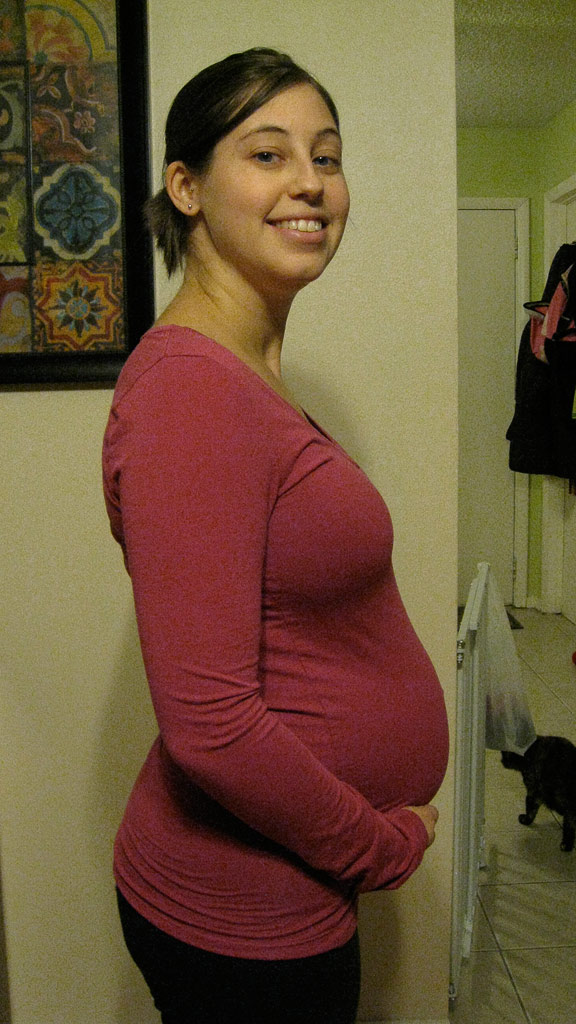 T
T
Pregnancy Glow
When you are pregnant your body produces 50% more blood, resulting in more blood circulation through your body. This increase in blood circulation causes your face to be brighter.
Your body is also producing a fair amount of hormones that cause your oil glands to work in overdrive, leaving your face shiny. Both of these things can result in the “pregnancy glow” you have heard of. If your skin becomes too oily you can use an oil-free cleanser to clean your face. Other than that, do nothing but smile!
Pimple Breakouts and Acne
If you have a problem with acne already, your acne may become more irritated during pregnancy. The extra hormones in your body cause your oil glands to secrete more oil, which can cause breakouts. You should keep a strict cleansing routine. You can start with a simple over-the-counter face soap. It is a good idea to use fragrance-free soap to avoid nausea.
Cleanse your face every night and every morning. Washing your face more than this can cause your skin to become dry.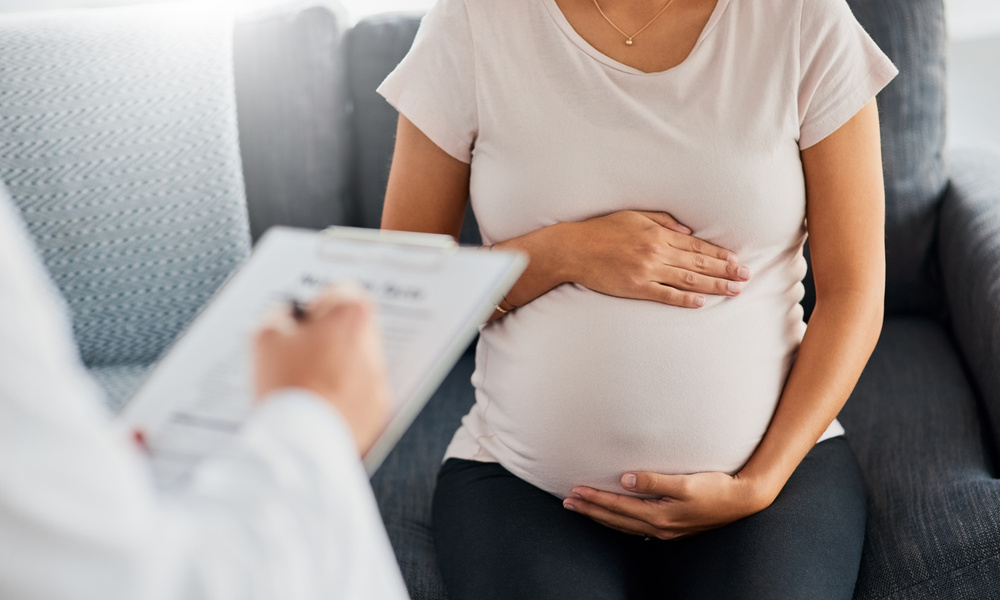
Next use an astringent to remove any remaining oil. Stay away from any acne medicated astringents; they may contain acne medicine that is not recommended for pregnant women.
Finally, follow this procedure with an oil-free moisturizer. If you find that you are having problems with acne, consult with your health care provider on acne treatment during pregnancy.
Varicose Veins:
Varicose veins are bulky bluish veins that usually appear on the legs during pregnancy. This happens because your body is compensating for the extra blood flow that is going to your baby.
Varicose veins can be uncomfortable and sometimes painful. Unfortunately, if you have a family history of varicose veins, you may be prone to get them during your pregnancy. The good news is that you can take measures now to prevent or decrease the symptoms.
What can I do?
To prevent or decrease symptoms, you should:
- Avoid standing for long periods of time
- Walk as much as possible to help the blood return to your heart
- Always prop your feet up on a stool when sitting
- Avoid sitting for long periods of time
- Wear support stockings
- Get enough vitamin C (this helps keeps your veins healthy and elastic)
- Sit with your legs higher than your head for at least half an hour a day
- Avoid excessive weight gain
Spider Veins
Spider veins, also known as spider nevi, are minute, reddish blood vessels that branch outward. These spider veins are also caused by the increase in blood circulation.
These spider veins are also caused by the increase in blood circulation.
They will usually appear on the face, neck, upper chest and arms. Spider veins do not hurt and usually disappear shortly after delivery. Spider veins appear more often in Caucasian women than in African American women. Increasing your vitamin C intake and not crossing your legs can help minimize spider veins. Spider veins may also be hereditary, in which case there is nothing you can do to prevent them.
Fortunately, these will most likely fade shortly after delivery. Laser treatment can also be done to help remove any spider veins that have not faded away.
Dry Itchy Skin During Pregnancy
As your belly grows, your skin stretches and tightens. This causes very uncomfortable dryness and itching. If you begin to experience severe itching late in your pregnancy, possibly accompanied by nausea, vomiting, loss of appetite, fatigue and/or jaundice, you should contact your doctor.
This could be a sign of cholestasis, which is related to the function of the liver. Your doctor may take blood tests to verify if you are experiencing cholestasis. Cholestasis occurs in about one in every 50 pregnancies and is not a problem after pregnancy.
Your doctor may take blood tests to verify if you are experiencing cholestasis. Cholestasis occurs in about one in every 50 pregnancies and is not a problem after pregnancy.
If the itching is intense and spreads to your arms and legs, it could be pruritic urticarial papules and plagues (PUPP). PUPP occurs in about one in every 150 pregnancies. PUPP is itchy, reddish, raised patches on the skin that will go away after delivery.
To help alleviate your dry itchy abdomen, you should keep your abdomen moisturized. You can also use an anti-itch cream such as calamine lotion to help provide more relief.
Cholestasis can be treated with medications. To help alleviate PUPP your health care provider can prescribe oral medicine and anti-itch creams. Try taking a nice oatmeal bath to help relieve some of the discomforts.
Skin Tags
Skin tags are very small, loose growths of skin that usually appear under your arms or breasts. After pregnancy, your skin tags may disappear.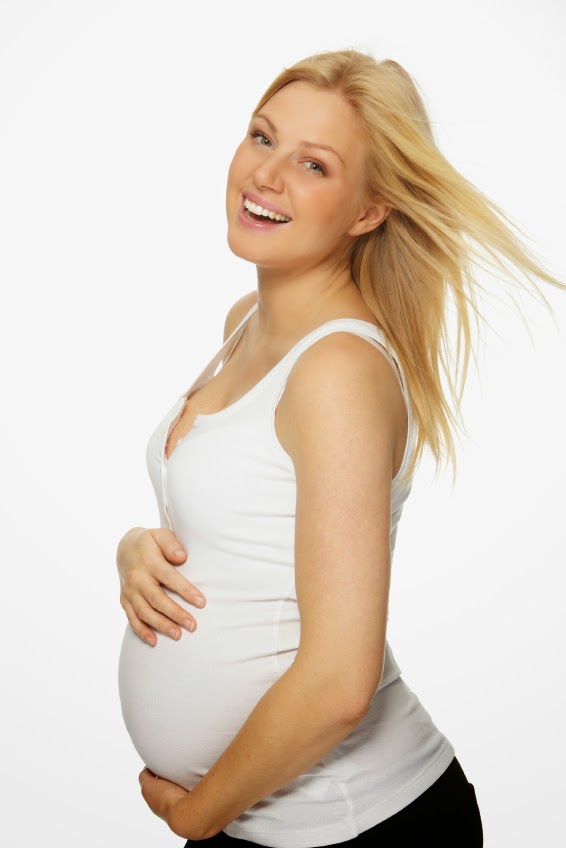 If they do not disappear, there are ways to remove them.
If they do not disappear, there are ways to remove them.
Darkening of Freckles, Moles and Other Areas of Your Skin
Increased hormones cause changes in your skin pigmentation. You will notice that areas with dark pigmentation, such as freckles, moles, nipples, areolas, and labia, can become even darker. There is nothing you can do to prevent this from happening. If you notice that a mole or freckle changes in appearance or shape, you should contact your health care provider.
These darker areas can remain darkened after pregnancy. The change in pigmentation can be noticeable, but not drastic.
Want to Know More?
- How Your Body Changes During Pregnancy
- Body Image: Loving Your Body Before, During and After Your Pregnancy
Compiled using information from the following sources:
WebMD, https://my.webmd.com/
Parents.com, https://www.parents.com/
Williams Obstetrics Twenty-Second Ed. Cunningham, F. Gary, et al, Ch. 56.
Cunningham, F. Gary, et al, Ch. 56.
What will tell the skin of the face during pregnancy
Often, that a woman is expecting a baby, you can guess even before the appearance of characteristic roundness in the abdomen. You just need to look at it: very often the skin of the face in the early stages of pregnancy changes noticeably.
It is often possible to guess that a woman is expecting a baby even before the appearance of characteristic roundness in the abdomen. You just need to look at it: very often the skin of the face in the early stages of pregnancy changes noticeably. This is due to the hormonal changes taking place in the body. Not always such changes please the expectant mother, but it is important to understand that they are completely natural.
FACE COLOR AND PIGMENTATION
The first thing you notice is the change in skin tone during pregnancy. Often, too bright blush plays on the cheeks of the expectant mother. This indicates an increased load on the vessels, which is quite natural during the gestation of the baby.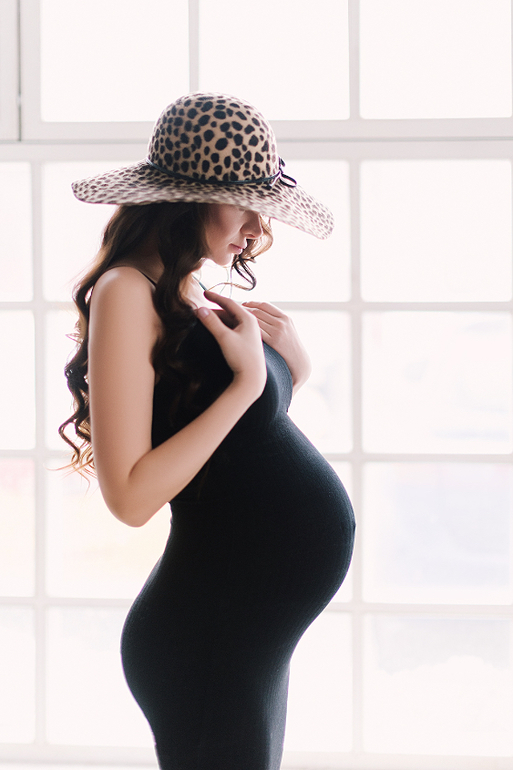 If a woman has had freckles before, they may become even more noticeable. Brown-haired women and brunettes often face chloasma, popularly known as the mask of pregnant women. In this case, individual areas on the forehead, cheeks, chin, as well as on the back of the nose and under the lip darken. Because of this, the skin of the face acquires an uneven tone. Skin pigmentation in expectant mothers is completely natural: this is a consequence of an increase in the level of progesterone in the body. But do not think that such changes will remain forever. Even if the skin of the face deteriorated during pregnancy, as a rule, after the birth of the baby, the previous shade gradually returns to it. So it is not necessary to resort to complex procedures to combat pigmentation, just be patient.
If a woman has had freckles before, they may become even more noticeable. Brown-haired women and brunettes often face chloasma, popularly known as the mask of pregnant women. In this case, individual areas on the forehead, cheeks, chin, as well as on the back of the nose and under the lip darken. Because of this, the skin of the face acquires an uneven tone. Skin pigmentation in expectant mothers is completely natural: this is a consequence of an increase in the level of progesterone in the body. But do not think that such changes will remain forever. Even if the skin of the face deteriorated during pregnancy, as a rule, after the birth of the baby, the previous shade gradually returns to it. So it is not necessary to resort to complex procedures to combat pigmentation, just be patient.
EDEMALS
Many pregnant women experience swelling. They are especially noticeable on the face. Due to swelling, it becomes larger and rounder. Such changes can be expressed to varying degrees. How to determine if edema has appeared? To do this, gently press on the skin with your finger. If a hole has formed on it, most likely, we are talking about the presence of edema. In this case, it is important to consult a doctor leading the pregnancy in a timely manner. The specialist will adjust the diet, as well as prescribe treatment, if necessary.
How to determine if edema has appeared? To do this, gently press on the skin with your finger. If a hole has formed on it, most likely, we are talking about the presence of edema. In this case, it is important to consult a doctor leading the pregnancy in a timely manner. The specialist will adjust the diet, as well as prescribe treatment, if necessary.
EXCESSIVE HAIR
At the end of the first trimester of pregnancy, many women notice that the amount of body hair has increased. Noticeable hairs can also appear on the face. This is due to the increase in the level of androgens - sex hormones that occurs during this period. To remove facial hair, you can use tweezers, sugar or wax epilation. At the same time, during pregnancy, the use of chemicals to combat unwanted vegetation is not recommended. In fact, it is not at all necessary to remove the hairs that have grown on the face and body: they will disappear by themselves about six months after childbirth.
RASHES
Many women complain that perfectly clean skin deteriorated during pregnancy: pimples appeared on it. Rashes can be associated with both an allergic reaction and hormonal disorders. When it comes to allergies, a small, well-marked rash usually appears on the skin, which may be accompanied by itching. With hormonal changes associated with an increase in the level of progesterone, the work of the sebaceous glands is activated. As a result, acne may appear on the face of a pregnant woman. The emergence of such problems contributes to an unbalanced diet, genetic factors, lack of fresh air. If acne appears, it is necessary to consult a dermatologist, be sure to inform the specialist about the ongoing pregnancy. The doctor will select therapy taking into account the condition of the woman: not all components of therapeutic creams, lotions and other products are allowed for use during this period.
Rashes can be associated with both an allergic reaction and hormonal disorders. When it comes to allergies, a small, well-marked rash usually appears on the skin, which may be accompanied by itching. With hormonal changes associated with an increase in the level of progesterone, the work of the sebaceous glands is activated. As a result, acne may appear on the face of a pregnant woman. The emergence of such problems contributes to an unbalanced diet, genetic factors, lack of fresh air. If acne appears, it is necessary to consult a dermatologist, be sure to inform the specialist about the ongoing pregnancy. The doctor will select therapy taking into account the condition of the woman: not all components of therapeutic creams, lotions and other products are allowed for use during this period.
DOES SKIN ALWAYS GO FOR THE WORSE?
You shouldn't think that carrying a baby inevitably leads to a deterioration in the appearance of the expectant mother. It often happens that the skin of the face during pregnancy shines with health and beauty! Hormonal changes can improve cell function and have a rejuvenating effect on the body. In addition, it is in the power of the expectant mother to properly care for the skin to help it maintain elasticity, softness and a healthy tone.
In addition, it is in the power of the expectant mother to properly care for the skin to help it maintain elasticity, softness and a healthy tone.
HOW TO CARE FOR YOUR SKIN DURING PREGNANCY
Use suitable cosmetics. During this period, it is especially important to study the composition of cosmetics. To cleanse the skin, it is recommended to use mild products without aggressive components. If rashes appear, the best option is the remedies recommended by the doctor with antiseptic components. You can use cosmetics designed specifically for pregnant women.
Protect your skin from the sun. At any time of the year, it is important to apply a cream with an SPF factor before going outside. Exposure to ultraviolet light can increase the pigmentation that appears under the influence of hormonal changes.
Choose gentle treatments. Deep peels and traumatic mechanical cleansing of the face are not suitable for pregnant women, because during this period the skin becomes especially sensitive, the pain threshold decreases.
Watch your diet. The menu is recommended to include foods rich in polyunsaturated fatty acids, fiber, vitamins.
Maintain a healthy lifestyle. Regular walks in the fresh air, good sleep, moderate physical activity - all this is useful not only for the skin, but also for the health of the child being born.
Standby mode: skin care during pregnancy - Care for children and expectant mothers - Care for expectant mothers - Blog
In everyday life, we rarely think about the effect of hormones on the state of the body, but during pregnancy you have to feel their effect on yourself. Someone is lucky: the skin becomes perfectly clean, smooth and glows with health. Others have to deal with less pleasant changes: acne, hyperpigmentation or increased sensitivity.
Let's look at the main problems that may arise during pregnancy, and select the means that will help to cope with them without harm to the expectant mother or baby.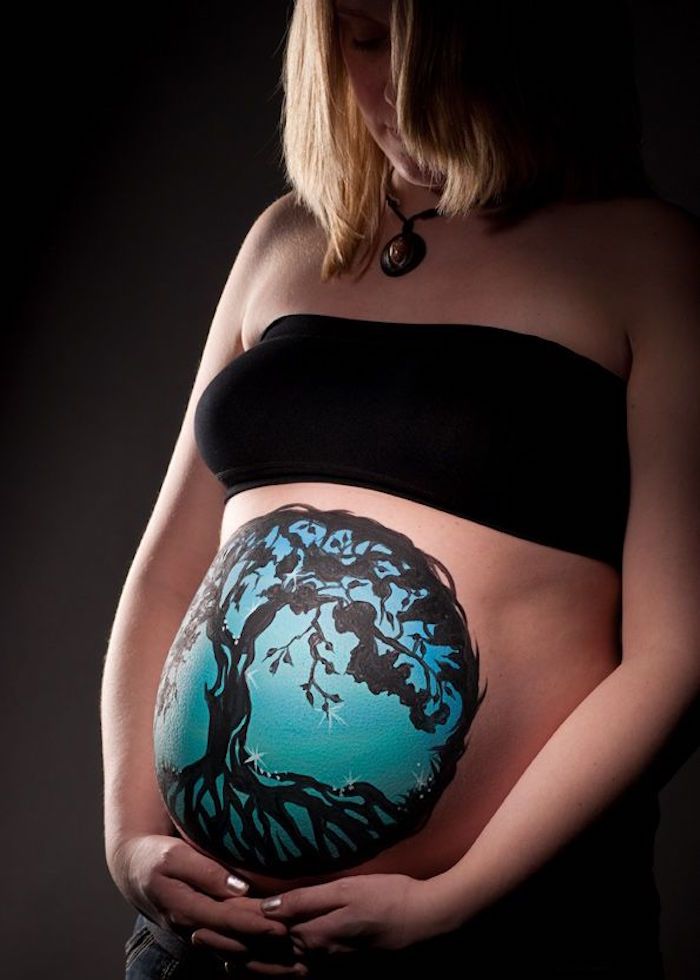
Problem: "pregnancy mask"
Hormonal changes coupled with increased photosensitivity can cause the "mask of pregnancy" (also called melasma or chloasma): localized hyperpigmentation that resembles a dense accumulation of freckles and affects the forehead, cheekbones and around the eyes. As a rule, it manifests itself at 4-6 months of pregnancy and gradually disappears after childbirth, but in some cases it can persist for longer, throughout the entire period of breastfeeding.
To avoid this condition, it is recommended to limit sun exposure during pregnancy and to use broad-spectrum sun protection products with a high protection factor (at least SPF50) during pregnancy.
Sun Milk SPF 50 Mineral Screen, Avene
Natural Sunscreen Baby & Children SPF 50, Weleda
Moisturizing & Mattifying Cream SPF50, M.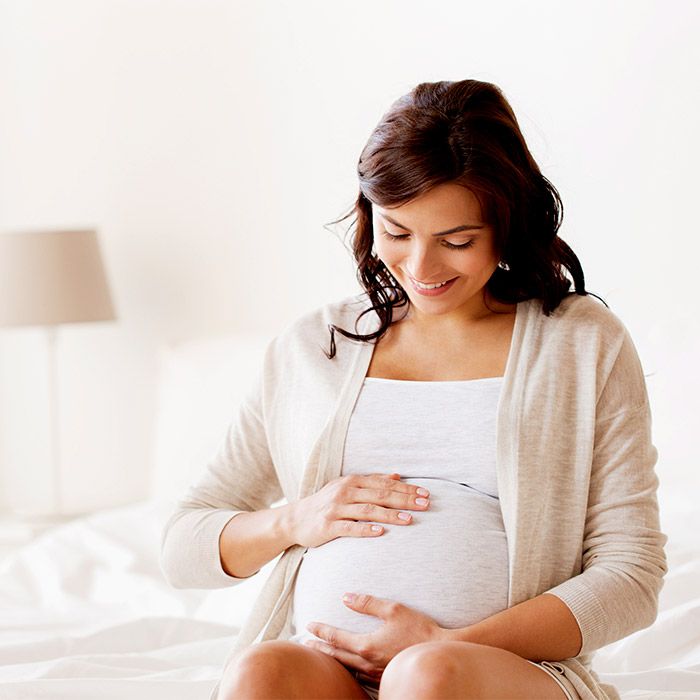 A.D.
A.D.
If it was not possible to prevent the appearance of melasma, AHA acids will help in the fight against hyperpigmentation. Lactic, mandelic and citric acids can be used without fear, but with glycolic acid you need to be careful: having a very small molecule, it quickly and deeply penetrates the skin. Given the changed hormonal background of the expectant mother, funds with her can cause an unpredictable reaction. Therefore, products with a high concentration of this component (for example, powerful exfoliating glycol peels) will have to be abandoned in favor of softer, sparing products designed for everyday use: tonics, creams, etc.
Exfoliating serum with lactic and hyaluronic acids, MIXIT
Glycolic peeling mask for all skin types, Caudalie
Moisturizing gel Mandelac, Sesderma
Another ingredient that is effective in combating hyperpigmentation is vitamin C. It gently brightens the skin and has an antioxidant effect, protecting the skin from free radicals.
It gently brightens the skin and has an antioxidant effect, protecting the skin from free radicals.
High Vitamin C Cream, Holyland Laboratories
Janssen Cosmetics
Vitamin C Regenerating Concentrate
Hydracid C20 Antioxidant Cream, SVR
Before using any new product with active ingredients during pregnancy, be sure to perform a sensitivity test: apply a small amount of the product to the inside of the elbow and observe it for 24 hours.
Problem: hormonal acne
Hormonal surges, increased sebum production and stressful situations during pregnancy often become catalysts for the appearance of rashes. As a rule, foci of hormonal acne are located on the chin and on the cheeks.
Retinol and salicylic acid traditionally used to treat acne should be avoided during pregnancy. But the soft AHAs that we have already discussed above will come in handy in this case.
But the soft AHAs that we have already discussed above will come in handy in this case.
Another useful ingredient is azelaic acid. It is neither an AHA nor a BHA and is completely safe to use during pregnancy. The spectrum of action of this component is quite wide:
- fights acne causing bacteria
- reduces inflammation and redness
- prevents the formation of comedones
- exfoliates dead skin cells
- brightens hyperpigmentation
Azelaic acid products can be used both in the evening and in the morning - most importantly, do not forget about sunscreen to protect the skin.
Balancing serum for problem skin Bac-Control, Egia
Enzymatic face wash with azelaic acid, Aravia Professional
Azelaic Acid Cream 15%, GIGI
Problem: Hypersensitivity
Hormonal changes can make the skin more sensitive not only to the sun, but also to any external influences, so products that you enjoyed using before can suddenly become irritated or allergic.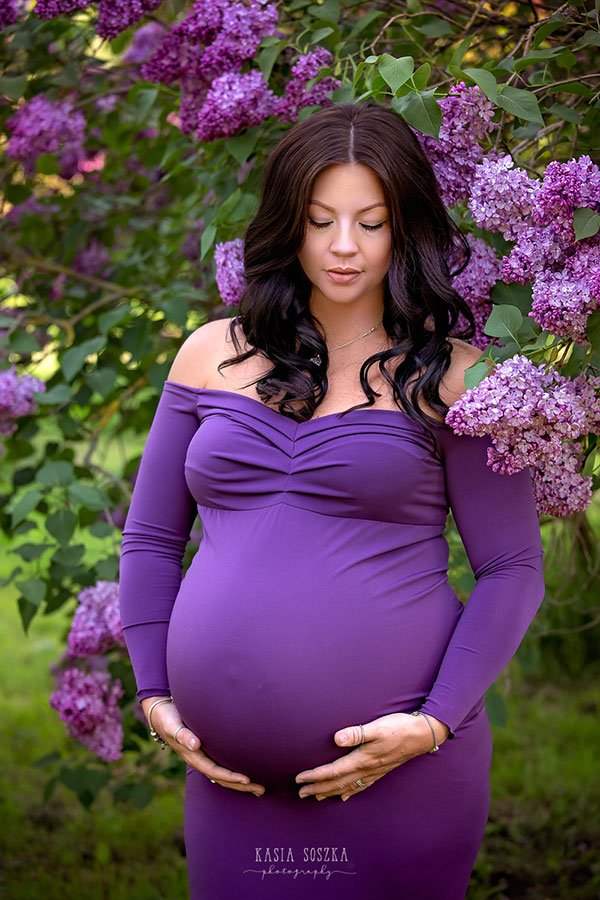 The body goes into "defense mode" in an attempt to prevent the fetus from coming into contact with any potentially dangerous substances in the womb. In addition, if your skin is prone to eczema or rosacea, these diseases are more likely to go into an exacerbation phase during pregnancy.
The body goes into "defense mode" in an attempt to prevent the fetus from coming into contact with any potentially dangerous substances in the womb. In addition, if your skin is prone to eczema or rosacea, these diseases are more likely to go into an exacerbation phase during pregnancy.
Avoid products with strong fragrances, and ideally choose mild hypoallergenic products designed specifically for sensitive and reactive skin.
Set for daily use (gel care + cream + deodorant), La Roche-Posay
Sensitive skin kit (Sensibio Light cream + Sensibio h3O micellar water + Hydrabio serum), Bioderma
Sensifin AR set (care cream + micellar water), SVR
Problem: Redness of the skin
To meet the growing needs of the fetus, the volume of blood circulating in the mother's body increases significantly. Blood vessels fill and expand, the face glows with a healthy blush ... Or, if the skin is thin, it becomes bright crimson.
Remedies with soothing ingredients will help reduce redness: extracts of aloe vera and centella asiatica, shea butter, niacinamide, panthenol.
Apaisac Anti-Redness Soothing Cream, Biorga
Purete Thermal Soothing Sachet Mask, Vichy
Antirougeurs Anti-Redness Mask, Avene
Problem: Increased dryness
Most of the moisture that enters the body goes directly to the baby, and the mother's body remains dehydrated. At the same time, dryness can be accompanied by an increased release of sebum due to hormonal surges, in which case an oily sheen is observed in the T-zone, while other areas of the face are covered with peeling.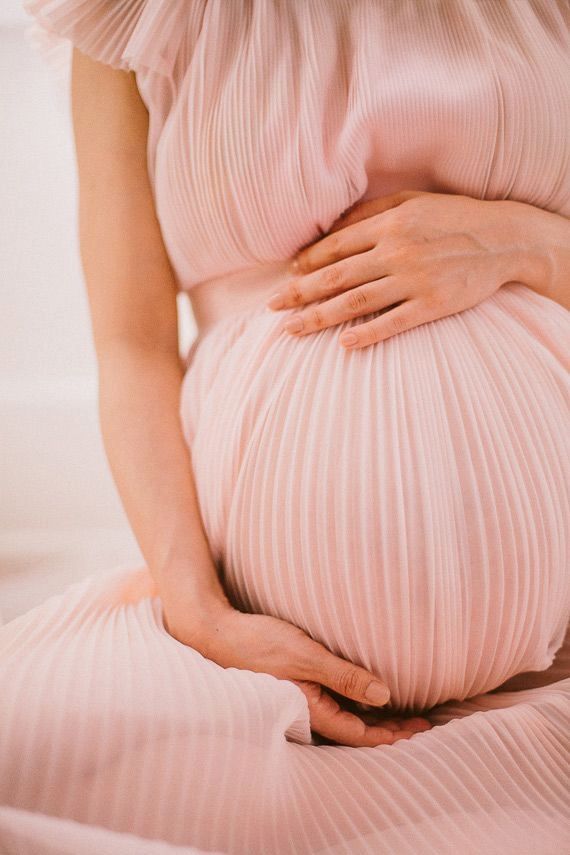
First of all, you need to try to restore the water balance from the inside: drink plenty of water, eat fresh vegetables and fruits. And products with hyaluronic acid, ceramides and nourishing oils will help get rid of dry skin.
Fluid cream with lactobacilli, vitamins A, C, E and ceramides, MOMO PURI
Exomega Control Softening Balm, A-Derma
Lipikar AP+ Lipid Repair Balm, La Roche-Posay
Ingredients to avoid during pregnancy
Retinol
There are studies linking an excess of vitamin A in the body with fetal abnormalities or pregnancy disorders. Therefore, the use of drugs with retinol and its analogues (retinoids), which are derivatives of vitamin A, is prohibited during pregnancy and breastfeeding, as well as during pregnancy planning (6 months before conception).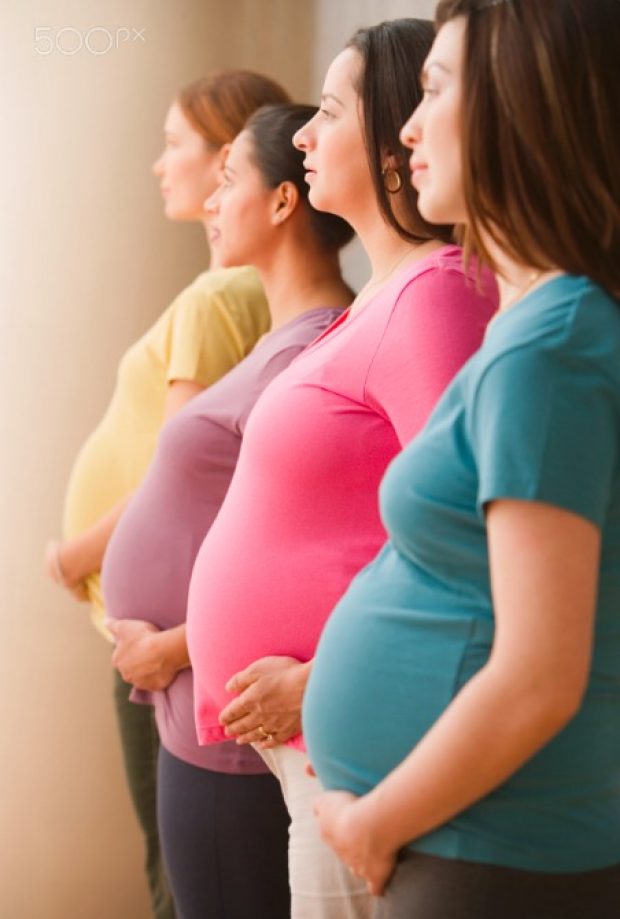
This applies primarily to systemic retinoids (that is, those that are taken orally), however, in order to protect yourself and your child as much as possible, doctors recommend refraining from using any products with these components. Another reason to stop using topical (topically used) retinoids is their ability to increase skin sensitivity to the sun, which, coupled with hormonal changes, can most likely lead to photodamage and the development of hyperpigmentation.
Salicylic acid
During pregnancy, salicylic acid may cause skin sensitivity, including to sunlight. The safety of using this component during pregnancy has not been fully studied and there is no strict ban on its use, however, doctors advise using preparations with salicylic acid only under strict indications, under the supervision of a specialist and on small areas of the skin.
Hydroquinone
A whitening agent found in hyperpigmentation products.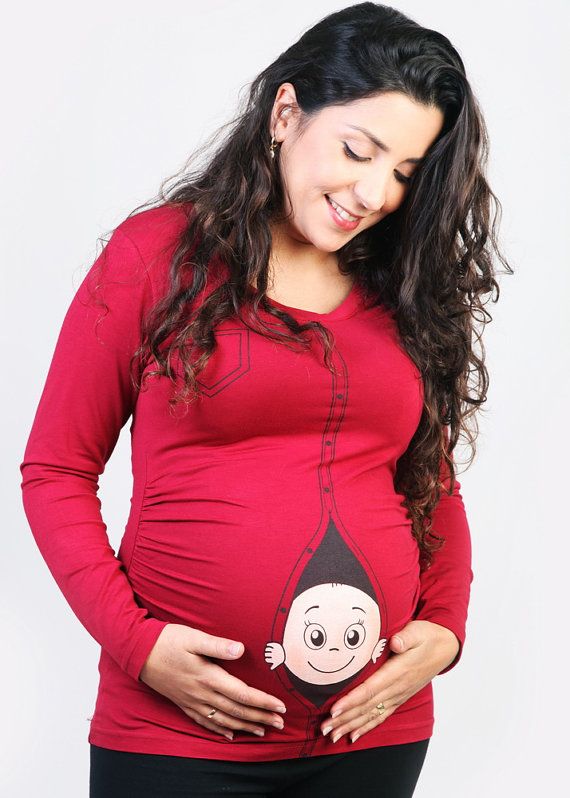 The relationship between its use and fetal defects or pregnancy disorders has not been established, however, due to the high permeability (25-30%), doctors recommend not using such drugs during pregnancy and breastfeeding.
The relationship between its use and fetal defects or pregnancy disorders has not been established, however, due to the high permeability (25-30%), doctors recommend not using such drugs during pregnancy and breastfeeding.
Phthalates, formaldehyde (and formaldehyde resins), toluene, camphor
Theoretically, regular contact with these substances increases the risk of pregnancy pathology, developmental anomalies and fetal allergization.
These ingredients may be found in classic (non-gel) nail polishes, perfumes, and some salon straightening, keratinizing, or curling products. If you are used to doing manicures at home, choose varnishes marked Big5Free (there are also Big10Free, Big15Free options - the higher the number, the more potentially harmful ingredients are excluded from the composition). If you have planned a hair care procedure in the salon, be sure to first consult with the master regarding the composition used.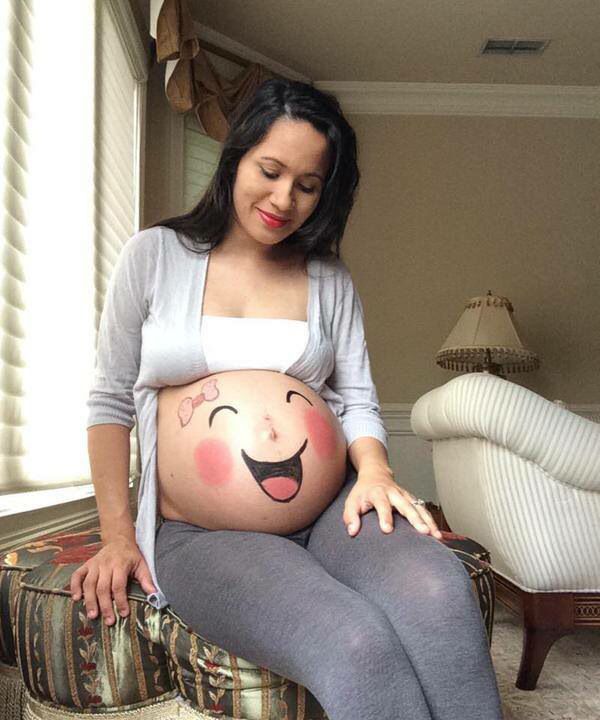
Ammonia, resorcinol
Tips to refrain from dyeing during pregnancy are primarily related to the content of ammonia and resorcinol in the composition of hair dyes. These ingredients are considered potentially carcinogenic and, given the hypersensitivity of the body during pregnancy, may cause an allergic reaction.
There are currently many ammonia-free dyes, so it is not necessary to completely abandon dyeing. Warn the master about your situation so that he selects the most gentle option, and pre-test on a small area of skin to rule out an allergic reaction.
Dihydroxyacetone
This ingredient is found in self-tanning sprays. It does not penetrate into the blood, but its effect on the body when inhaled is not fully understood, so it is better to refrain from using such drugs during pregnancy.
Beauty treatments during pregnancy
Most hardware and injectable cosmetic procedures are not recommended during pregnancy.

